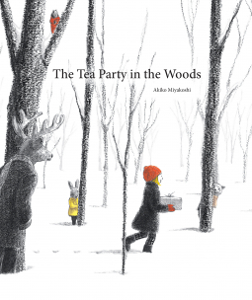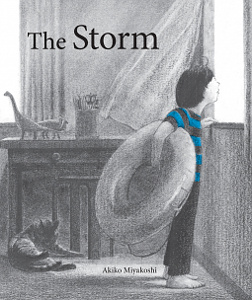 Alternate Titles: Zootopia
Alternate Titles: Zootopia
Genre: Children’s Fantasy / Film
Main Cast: Ginnifer Goodwin; Jason Bateman; Idris Elba; J.K. Simmons; Jenny Slate; Tommy Chong; Octavia Spencer; Nate Torrence; Shakira
First Shown: February, 2016
Available: Amazon.com | Amazon UK
Judy Hopps (Ginnifer Goodwin) is the first bunny police officer in the city of Zootropolis. She fights for acceptance by trying to crack a missing mammals case, and she has a lead: fox con artist Nick Wilde (Jason Bateman).
This was a strong film in many areas. The worldbuilding of Zootropolis was fun, with multiple anthro animal species living in various biomes in the city. Business hamsters get to work via tubes. Trains have doors of different sizes for the various animals. It created a complex and colourful world.
The story was also great. Judy has a mystery to solve, which touches on the prejudices running through Zootropolis. At the same time, her relationship with Nick develops from uneasy cooperation to close friends. There are a lot of fun side characters, including singer superstar Gazelle (Shakira) and terse police chief Bogo (Idris Elba).
Prejudice is a major theme of the story. Judy joins the police force as part of a diversity initiative. She has to be the best of the best at the academy, and is still assumed to not be good enough due to her species. The police station is clearly not designed for smaller animals, as the chairs are so tall she has to struggle to climb on them. The police world is literally not designed for her.
Judy and Nick both face discrimination for their species, and both have their own prejudices to overcome. For Judy, being a small prey animal means it’s assumed she can’t do the job. Bunnies are seen as cute, easily scared, and not very smart. For Nick, the assumed aggression of predators becomes a bad thing. It makes a lion a fearless leader, but it means a fox can’t be trusted. The story touches on microaggressions, from Nick touching a sheep’s wool, to animals shuffling away from species they don’t trust. Even Judy, who tries so hard not to be prejudiced, still holds beliefs that predators are naturally aggressive because it’s in their DNA. Nick becomes the exception in her eyes, rather than the example that disproves the rule. Prejudice is complicated, and I liked that the film embraces that.
However, unlike the real world, the discrimination can go both ways. Initially it looks as though larger predators, such as big cats and wolves, hold a privileged position. In some respects, they do. But it’s also possible for them to be on the receiving end of discrimination, which isn’t how the balance between privileged and marginalised works in the real world. It was believable in the context of the world of Zootropolis, but does mean it’s not a perfect metaphor for talking about real discrimination.
On the subject of things in the real world, there are some nods to that. Though being a woman isn’t a cause for discrimination for Judy, she stands out on that basis to the viewer. Her small size and strength are clearly a factor in deciding she’s unsuited to police work. Yet she succeeds anyway, despite the additional obstacles thrown in her way.
There are also Judy’s neighbours, who are both male antelopes (of different species) and presumably living together in a room a similar size to Judy’s. Though I took them to be a married couple, I figured if I looked it up there’d be something making it plain they weren’t. Turns out they share a hyphenated family name, so I will continue viewing them as a married couple.
Less great was the introduction to Clawhauser (Nate Torrence), the cheetah who staffs the main desk. The joke of him finding a half-eaten doughnut in his neck fat was something I could have done without. It’s a big misstep for a story tackling prejudice to fall into fat jokes. They could easily have stuck with laughs based on him being a superfan of Gazelle, which wasn’t poking fun at his weight.
I really enjoyed the film. Though I felt there were some weaker points, such as the fat jokes, it was a well-paced mystery with interesting character relationships. The world was beautifully done. There’d be a lot of potential for more stories in this world, but even if there aren’t any sequels, this was a satisfying story.
 First Published: 6th September, 2016
First Published: 6th September, 2016 First Published: 1st April, 2006
First Published: 1st April, 2006 Alternate Titles: Zootopia
Alternate Titles: Zootopia First Published: 1st August, 2015
First Published: 1st August, 2015 First Published: 5th April, 2016
First Published: 5th April, 2016